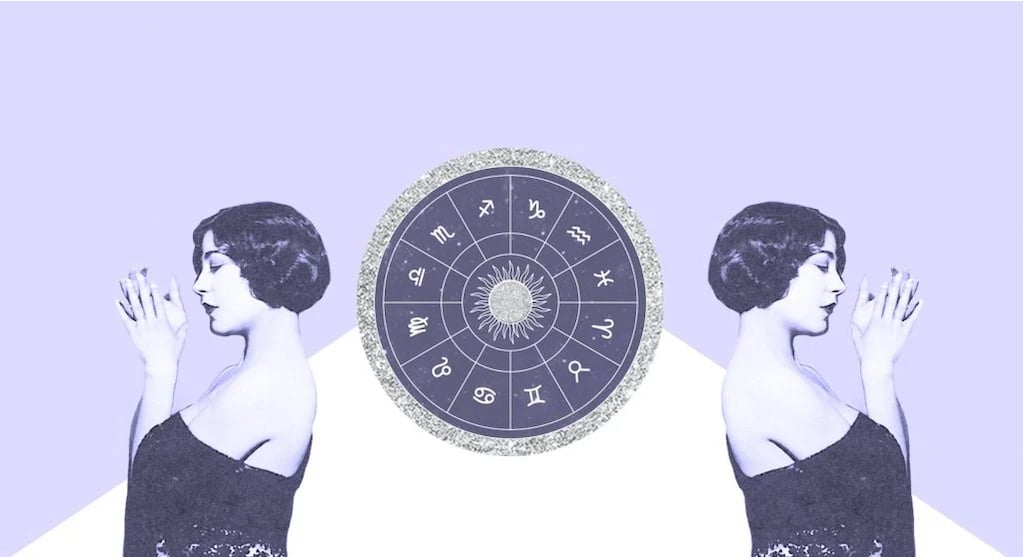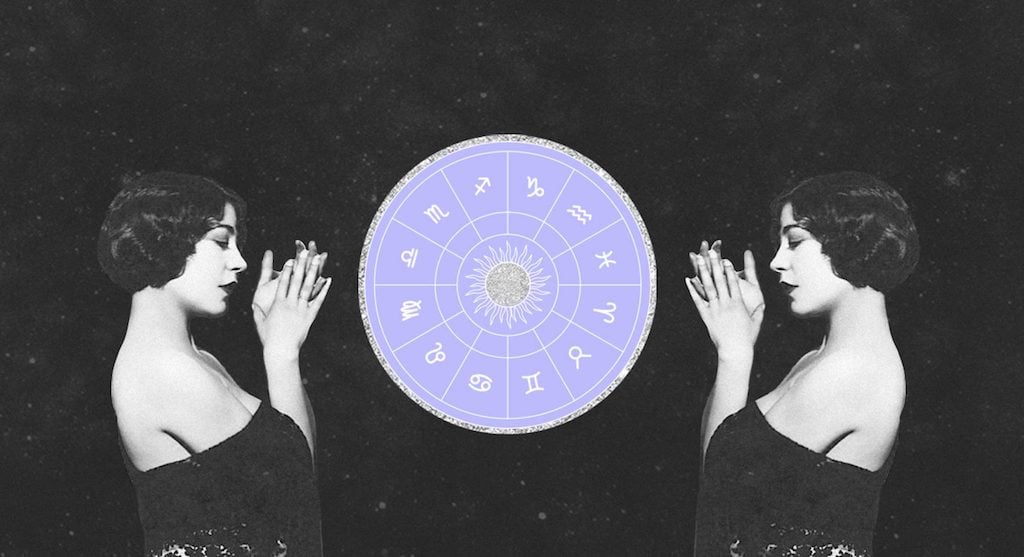Introduction to Horary Astrology: What Is It and How to Use It

What is Horary Astrology?
Horary astrology is an ancient form of astrology that is based on the current time at which the question is heard and understood. Instead of looking at a natal chart, the astrologer casts a chart based on the “burning question of the hour” that the querent wants answered. It is extremely complicated, but the basics are noted below. Give it a try using these rules to see if you can get the hang of interpreting a horary chart.
Asking the Question
The most important part of horary astrology is how you ask the question. To do so, follow these simple rules:
- As a general rule, you are not allowed to ask about the past.
- If you already know the answer about a certain situation, you cannot ask about it
- You cannot start a question with “should.” You must always phrase the question with the word “will,” for example, “Will I…”, “Will they….”
- You should not ask about death or life after death.
- Do not ask questions that can only be answered with a yes or no answer. Horary charts require interpretation (more on that below).
- Do not ask about a third party. This is about you, not about others.
- You must ask a question that you’re seeking information about that is occurring from the time you ask the question to three months in the future. Horary charts last for up to three months. This means that you can only use one chart per question. Think of the “burning question” within, and when it pops into your head, write it down and record the time. Use that time and location as the time when casting the chart.
- Do not ask the same question more than once in three months. You could get false answers. Stick to the first chart.
When you have a burning question, a live psychic reading can help you answer it with clarity!
Casting the Chart
Create the chart using the date, time, and place where the astrologer (you, if you’re the astrologer) is located the moment the question is thought of or understood.
Validity of Charts and Strictures Against Judgment
There are many structures against judgment ruling the outcome of a horary chart. The astrologer must consider the following before giving an answer:
- The Ascendant and Descendant must be between 3 and 27 degrees. Any degree less than 3 denotes that all of the information has not been found and brought to the attention of the cosmos or the querent and astrologer. Matters and circumstances can change and are changing from 0 to 3 degrees. Any degree from 27 to 30 on the Ascendant and Descendant denotes that the situation has been handled and that the energy is flowing in that direction. Basically, 0 to 3 degrees means that it is too soon for the chart reading, and 27 to 30 degrees means that it is too late.
- If the Ascendant or Descendent is between 15 degrees Libra to 15 degrees Scorpio (except for 23 degrees Libra, which is considered fortunate because of its alignment to the fixed star Spica), the chart is “Via Combusta,” which means “burning way.” The chart is “too hot,” temperamental, and unpredictable to judge.
- When the moon is not making any applying aspects to planets, it is considered void-of-course. In a horary chart, this can denote several things: the matter won’t come to fruition, the wrong question is being asked, the matter has been completed, or that “nothing comes out of the question.” If the moon is in the Via Combusta degrees, it is hard to reconcile an answer due to external factors. More often than not, it is an indication that the astrologer should be extremely cautious or opt to not judge the chart.
Your Birth Chart is the key to figuring out what your soul needs in order to evolve!
Saturn
- If Saturn is in the tenth house, judging this chart puts one’s reputation as an astrologer at stake.
- If Saturn is in the seventh house, there will be a mistake in judging the chart, usually because of a lack of information from the querent. This shows deception.
- If Saturn is in the Ascendant, then the question being asked is the wrong question.
Houses
The same house system that is used in chart interpretation is used in horary astrology. However, it is important to use the seventh house or Descendent when asking about another person, except family members.
Planets
In horary astrology, it is advised that you only use traditional planets like the sun, moon, Mercury, Venus, Mars, Jupiter, and Saturn. Uranus, Neptune, and Pluto are not used because, as you go deeper into horary astrology, the importance of the planet’s power in the day or night adds flavor to the interpretation.

Planetary Significators
When decoding a horary chart, we look to the significator of a planet. For example, if we are asking a question, and you are represented by the first house, which is Gemini, and the chart is fit to be judged, look to the position and sign that Mercury is currently in. The same applies to every house and planetary significator.
The Moon
The moon is the most important factor in a horary chart. If it is making applying aspects to other planets, that can yield an answer for you. It represents the overall situation and energy and acts as another significator for the querent.
Aspects
In horary astrology, we only use the five major aspects (sextile, trine, square, opposition, and conjunction), and they must be applying aspects.
- Trines mean minimal effort will be needed.
- Sextiles are friendly aspects.
- Squares mean that action is taking place.
- Conjunctions mean that things are happening.
- Oppositions often mean that there will be regret in the way the situation comes to fruition or its aftermath.
Mutual Reception
You can get an answer if planetary significators are in mutual reception but not in aspect. They are feeding off each other, which means they’re being activated.
Retrogrades
Retrograde planets mean that the outcome is erratic and unpredictable. A situation can commence but in a bizarre manner. A person may not be thinking clearly, or a missing object will return.
Combust Planets
If a planetary significator is combust the sun, this means that it is powerless in a situation. If it is cazimi, this means that it is powerful.
Interpretation
How to Read a Horary Chart
The querent (you) is always represented by the Ascendant and moon. You can have two significators. If one of them isn’t making any applying aspects, you can swap it out and choose to use the other one.
For example, perhaps the Ascendant isn’t making any aspects. You can then see if the moon will get an answer. The quested is other people that you’re asking about, except siblings.
- Roommates are the third house.
- Mother is the fourth house. (You can swap out the houses for mother and father or just use the fourth for family and home.)
- Co-workers are the sixth house.
- Cousins are the ninth house.
- Father is the tenth house.
You have to make sure that the aspects are applying to see if the matter will happen. Check out the houses in which the significators fall, which tells the story about how things will happen.
Think of you interpreting your horary chart like an artist painting on a blank canvas. You can fill in the story with the strokes, colors, and flavors you want as long as it lines up with the horary chart.
Get a FREE, 3 minute Astrologer chat. Connect now.



